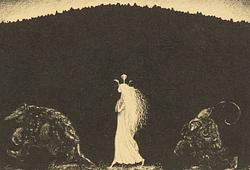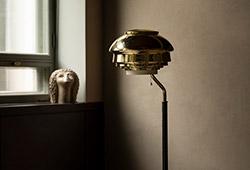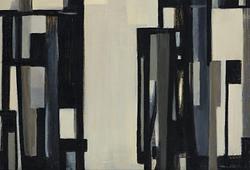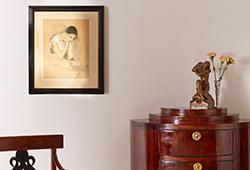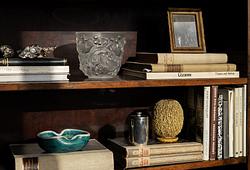A blue and white box with cover, Ming dynasty, with Wanli mark and period (1572-1620).
The cover painted in blue with lively five-clawed dragon flying amongst flame and cloud scrolls chasing the flaming pearls. The box decorated with the 'three friends': pine, bamboo and cherryblossom. The base with a six-character Wanli mark. Diameter 25,5 cm.
The lower part with crack to interior of rim. Wear to interior. The lower part differs in decoration. Cover with crack to rim.
Alkuperä - Provenienssi
From the collection of Ivar Heineman (f. 1877-1962). Ivar Heinman was a Medicine Doctor with a degree from Karolinska, he was a pediatrician and had his own practise next to his recidence at Kungsgatan, Stockholm. He was a passionated art and antique collector at his free time an an active customer of Bukowskis in the early 1900's. Thence by descent.
Kirjallisuus
Jessica Harrison-Hall, Ming Ceramics in the British Museum, London, 2001, pl. 11:129. Compare a related box and cover with a design of a dragon, but holding a medallion above its head.
Sothebys: see one with two dragons flanking a central peach tree, sold in New York, 19th November 1982, lot 246.
A box from the Qing Court collection and still in Beijing, is illustrated in The Complete Collection of Treasures of the Palace Museum.
Muut tiedot
Boxes of all shapes and sizes were made during the Wanli period, some in specifically conceived shapes such as the long rectangular examples used to hold fans, and others such as the present example which may have been used as a container for a gift of sweetmeats.





